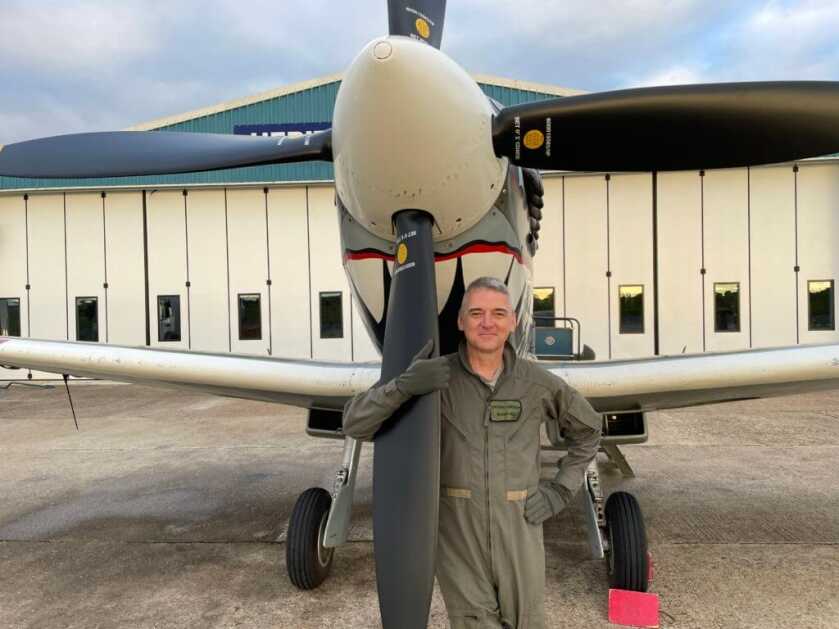
Estimated reading time: 12 minutes
The Army taught me to fly some three decades ago. I do love it so. A much greater wordsmith than I once described the act as slipping the surly bonds of earth. It is indeed an intoxicating sensation.
Available on GunsAmerica Now
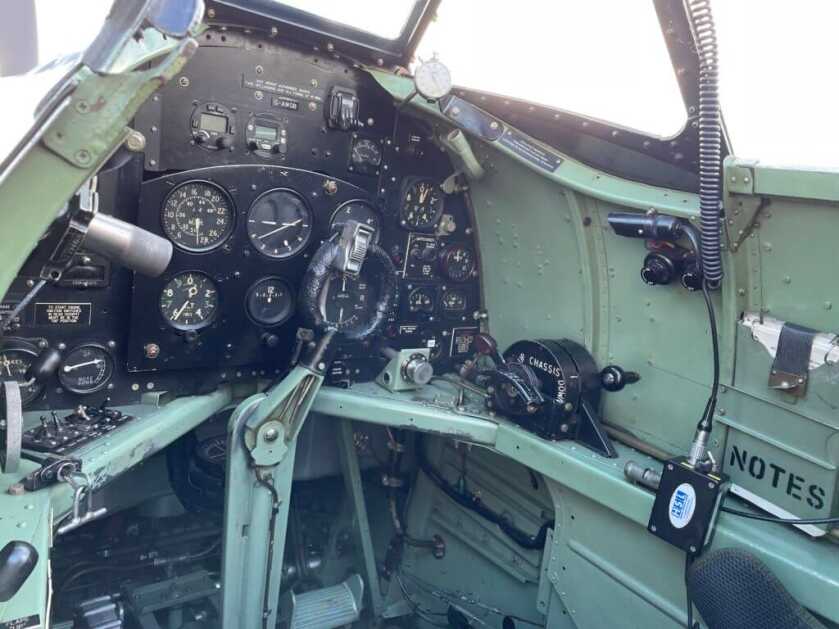
Table of contents
I have had the privilege of flying both fixed-wing and rotary-wing aircraft. Hands down the coolest was a 1944-vintage Mk IX Spitfire. Now that was an E-ticket ride. One thing that struck me was how confining the cockpit seemed to be. I felt the same way the first time I climbed into a modern main battle tank. The machines are undeniably cool, but it would be a horrible place to die.
Societies venerate their fighter pilots. The Germans during World War 2 treated them like rock stars. Much like rock stars, they burned both brightly and briefly. American flyers came home after a certain number of missions to either sell war bonds or pass on their hard-earned skills to the next generation. By contrast, the German experten (fighter pilots) typically just flew until they died.
Fighter jocks in WW2 typically operated out of fairly refined facilities. They usually slept on clean sheets, ate decent food, and enjoyed the benefits of a well-stocked officers’ club onsite. Many of them had time to spark a romance or three on the side. Despite these many perks, many to most earth pigs claim they wouldn’t trade places with them. Given the deprivation and hardship intrinsic to the grunt’s life, how might that be? For the most part, it is because when a fighter pilot perishes in combat he dies alone.
Origin Story of Robert Johnson
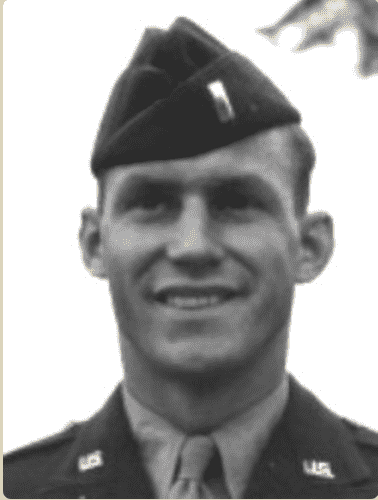
Robert S. Johnson entered the world on 21 February 1920, in Lawton, Oklahoma. His dad was an auto mechanic. When he was eight years old his father took him to an airshow at Post Field at nearby Fort Sill. Four years later the kid took a fifteen-minute flight over Lawton in a Ford Tri-Motor, and he was hooked. That same year he began flying lessons, earning the requisite money by working in a local cabinet shop. He soloed with less than six hours total time in the air.
As a student at a nearby junior college, Johnson eventually accumulated roughly 100 hours’ worth of flight time through the Civilian Pilot Training Program. With that as a basis, in 1941 he enlisted in the US Army as an aviation cadet. Johnson was still in flight school when the Japanese struck Pearl Harbor.
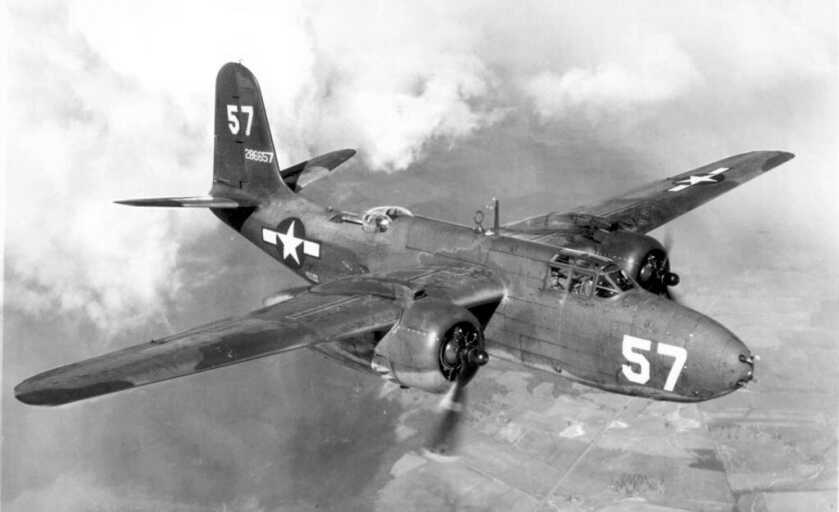
Gearing Up To Fly A Thunderbolt
Johnson completed basic flight training in the summer of 1942 and requested multi-engine bombers. He aspired to pilot the A-20 Boston Havoc medium bomber. In one of Uncle Sam’s typically schizophrenic turns of fate, the Army instead posted Bob Johnson to the 56th Fighter Group. This aspiring bomber pilot was going to fly P-47 Thunderbolts.
Johnson was assigned to the 61st Fighter Squadron flying the yet-unproven B-model P-47 fighter. By the time his squadron deployed for Europe, they had endured 40 crashes with the loss of 18 pilots. However, this hard experience ironed out many of the bugs in the big new plane. By late 1942, the 56th Fighter Group was ready to go to war.

When Johnson landed in England he was still rated as a bomber pilot. He had never before fired the guns on a Thunderbolt. His superiors sent him to a two-week school to rectify that, but the notoriously foul British weather prevented any flying. He flew his first combat sortie over the occupied Netherlands still not having passed his gunnery qualifications. Despite having had every opportunity for the Luftwaffe to kill him, the erstwhile bomber pilot flying fighters got his first kill, a German FW-190, on 13 June 1943.
The Fighter Pilot’s Brush with Death
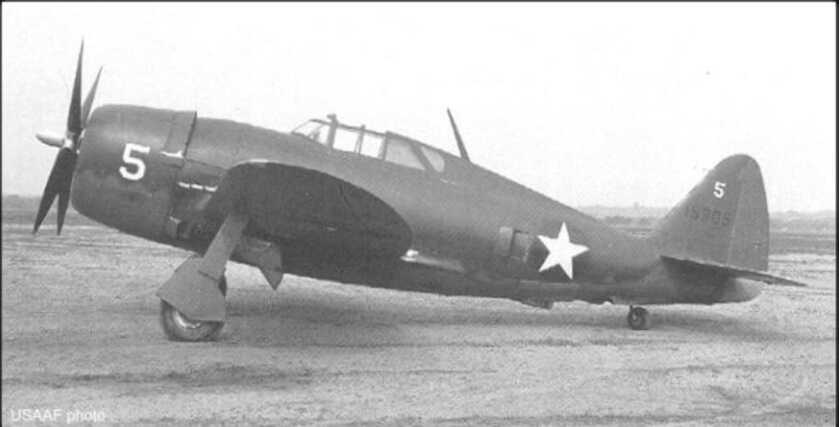
In the summer of 1943, World War 2 was still anybody’s guess. The Germans had Europe in a stranglehold, and the Luftwaffe made the Allied air forces pay in blood for every mission they flew against German industry. On June 26, 1943, Johnson took off in a razorback P-47C Thunderbolt to escort B-17 Fortresses on an attack against Villacoublay Aerodrome near Paris. The pilots and crews called the enormous Republic Thunderbolt the Jug. Johnson’s was one of 48 Jugs on the mission.
Johnson’s flight was jumped by a group of sixteen FW-190s from the famed JG 26, arguably the premiere fighter unit in the Luftwaffe. Before he could really react, Johnson was alone and under fire. The FW-190s proceeded to shoot his big fighter absolutely to pieces.
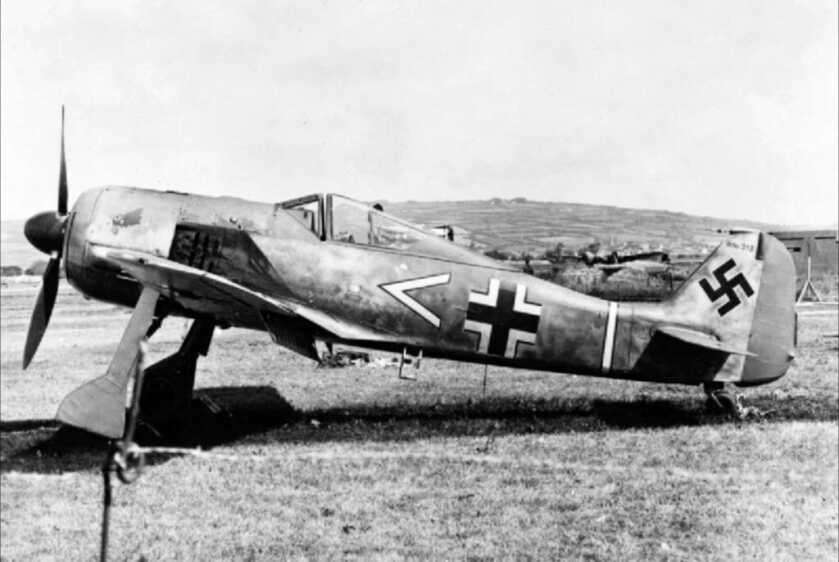
Hurtling Through The Air
The Focke Wulf FW-190 was armed with both 20mm cannon and rifle-caliber machine guns. On the first pass, the German pilot pumped 21 high explosive 20mm rounds into the big American plane. The relentless assault blew out his hydraulic system and shredded his canopy. Shrapnel from one of the high explosive rounds imbedded in his leg, and leaking hydraulic fluid caught fire in the cockpit. One 7.92mm round nicked the end of his nose.
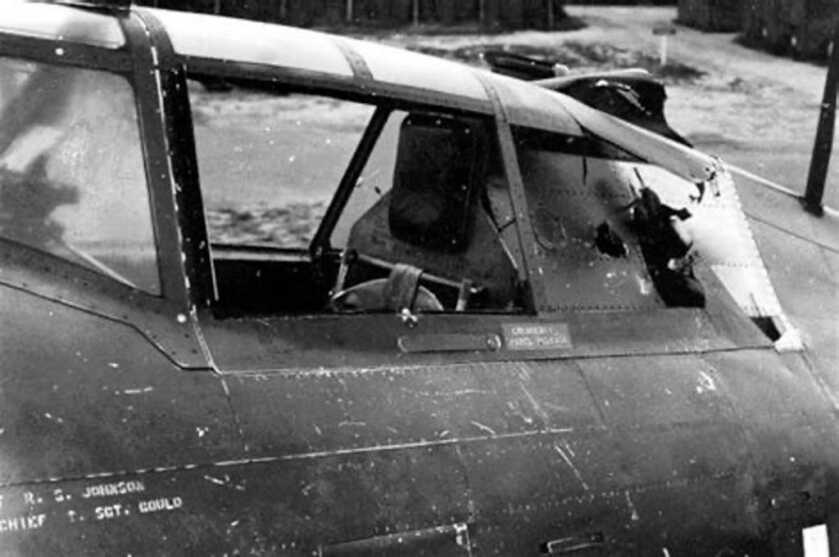
Temporarily blinded by the flaming hydraulic fluid, Johnson attempted to bail out only to find that the structural damage had jammed his canopy. It wouldn’t slide more than six inches back. He tried to pry it loose to no avail. Meanwhile, the big fighter entered a spin, and his engine quit. The only good thing at this point was that the fire had gone out of its own accord.
Realizing he was indeed trapped in the stricken plane, Johnson somehow restarted his engine and pointed his nose west toward England. Before he could get clear of Axis airspace he was jumped by a lone Focke Wulf. This German plane calmly lined him up and opened fire.
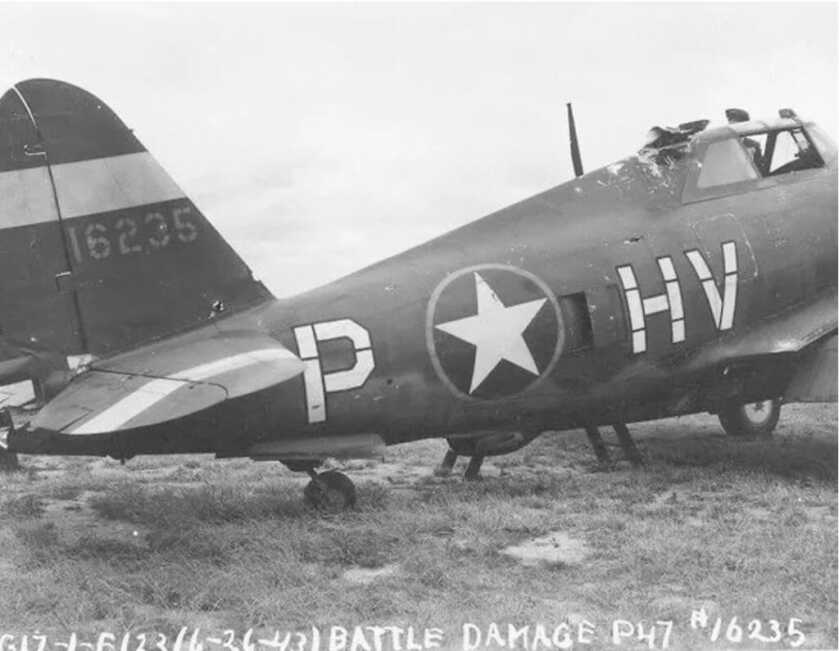
200 Bullet Holes
Historians suspect that this German pilot was likely Major Egon Mayer, the then-commander of JG2. Mayer was one of the experten who logged 102 kills in 353 combat missions before being killed by another Thunderbolt pilot in March of 1944. Mayer knew his craft. Time and again the German pilot got into position and pumped rounds into the stricken American plane. Johnson, for his part, could do little more than duck behind his armor plate and dance on his rudder pedals in a vain effort at throwing off his pursuer.
The German pilot eventually pulled up on the Jug’s wing to look over his handiwork. Shaking his head in disbelief, the Luftwaffe ace than took up station behind the Thunderbolt to do it all over again. He continued to shoot up the P-47 until he ran out of ammunition.
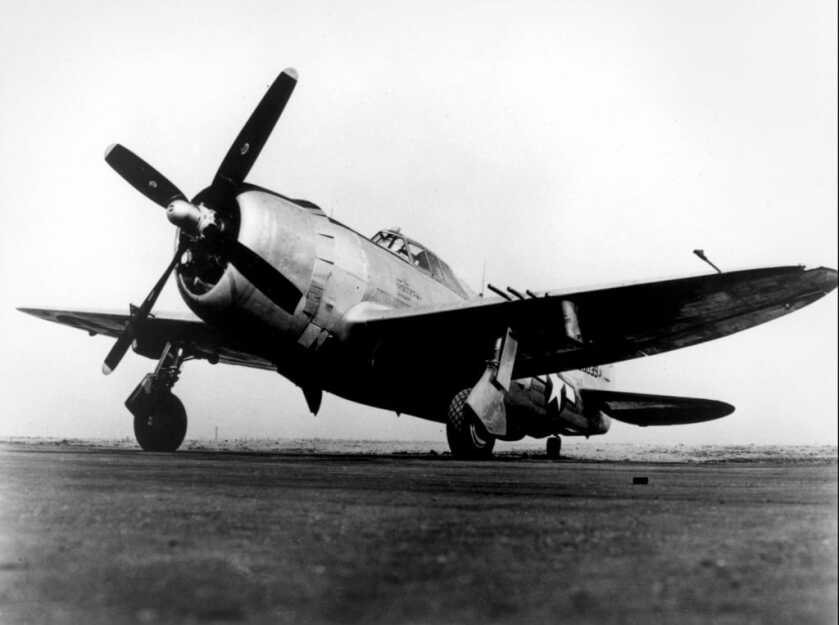
Now lacking the means to continue the attack, the German pilot resumed his position alongside Johnson. He then waggled his wings in salute before peeling off to return to his own base. Johnson’s shredded Thunderbolt limped back to his forward operating base at Manston, England.
In addition to the obvious damage from the extensive cannon fire, Johnson stopped counting at 200 separate bullet holes in his aircraft. The Jug was a total write-off, but it had gotten him home. Johnson suffered burns to his face, hands, and legs but recovered in fairly short order. He nonetheless earned his Purple Heart. Johnson scored his second kill two months later over the Netherlands.
The Plane: P-47 Thunderbolt

The Republic P-47 Thunderbolt’s was an unlikely success story. Designed as a high-altitude interceptor, the P-47 was built around the massive Pratt and Whitney R-2800 Double Wasp 18-cylinder radial engine. This big air-cooled radial engine put out 2,000 horsepower and also powered both the F6F Hellcat and the F4U Corsair. With a maximum takeoff weight of 17,500 pounds, the Jug was the heaviest single-engine fighter plane in common use during the war.
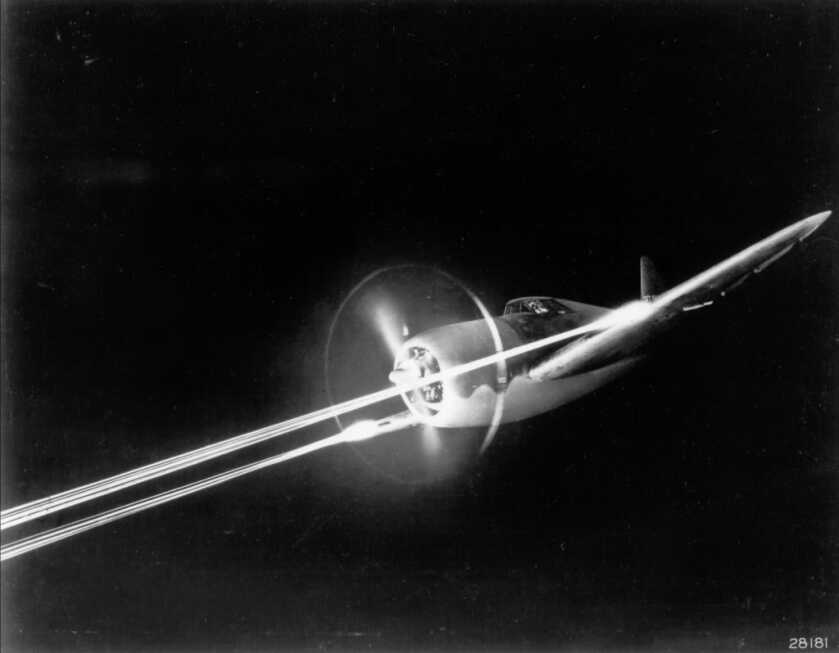
In addition to ample armor plate located behind the pilot, the Thunderbolt also packed eight A/N M2 .50-caliber machineguns along with 3,400 rounds of ammunition. It was this armor plate that kept Robert Johnson alive that fateful day back in 1943. Early P-47’s had a raised spine and sliding canopy made from separate plexiglass components. These plane were called Razorbacks. Later versions sported a one-piece bubble canopy.
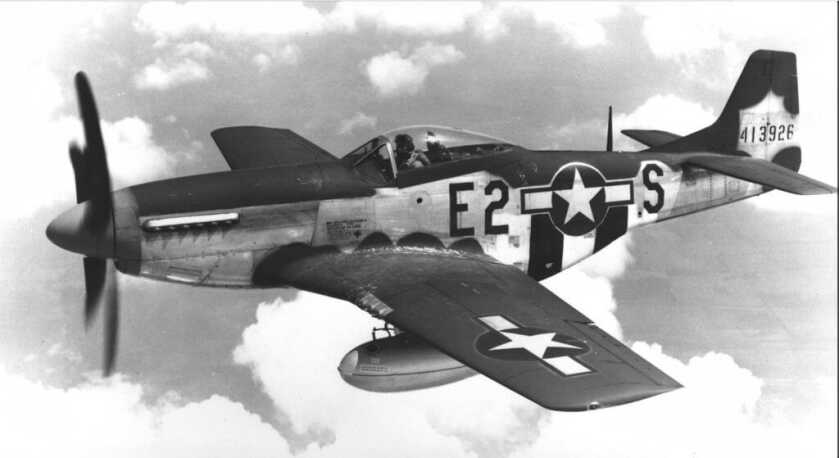
The P-51 got all the press due to its sleek lines and sexy demeanor, but the Mustang’s water-cooled Merlin engine was notoriously susceptible to damage. By contrast, there were tales of American P-47 pilots making it home with entire cylinders shot away. Those big Pratt and Whitney radials didn’t get terribly good gas mileage, but they were beloved by the pilots who flew behind them.
The Rest of the Story
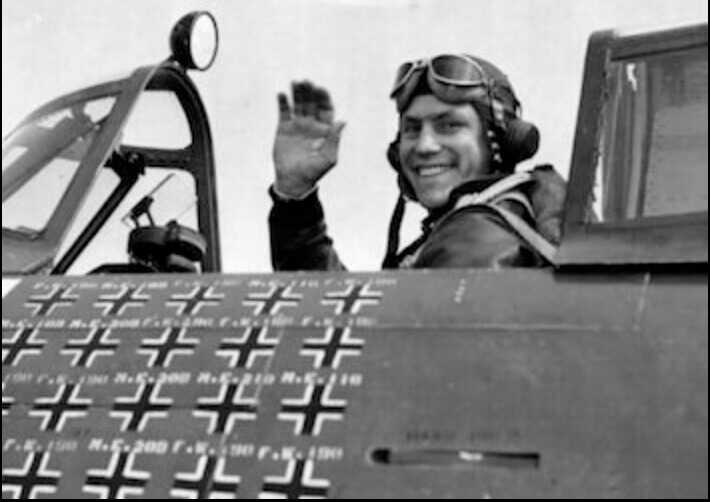
At the time an American fighter pilot was expected to rotate home after 200 combat hours. Johnson applied for and was granted a 25-hour extension. He reached the magic number on 1 May, 1944, with 27 Maltese crosses stenciled underneath his cockpit. At the time, Johnson was the highest-scoring American ace in the European Theater of Operations. He had scored all of his victories in the big P-47 Thunderbolt fighter.
READ MORE: The Baralong Incident: Decidedly Ungentlemanly Warfare
After the war, Johnson became chief test pilot for Republic Aviation, the makers of his beloved Thunderbolt. He spent the next 18 years as an engineering executive while remaining on duty in the Air Force Reserve. He retired from the military in 1962 and took a position as an insurance executive two years later in Lake Wylie, South Carolina.
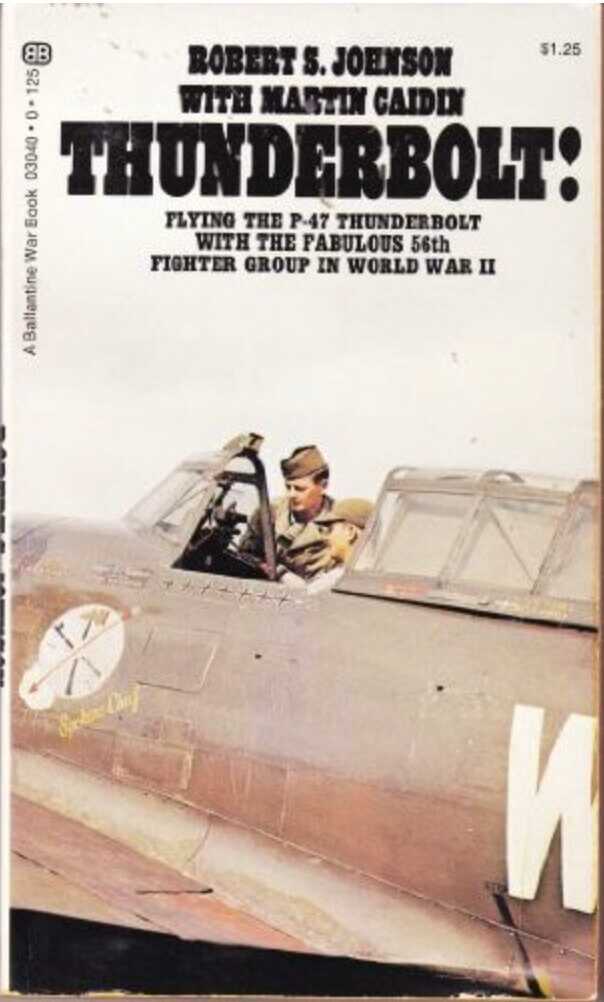
Johnson partnered with the famed aviation writer Martin Caidin to pen his autobiography in 1958. The book is titled Thunderbolt!, and it is a spirited read. Johnson passed away of natural causes in 1998 at age 78 while visiting family in Tulsa, Oklahoma. He was a truly great American.
*** Buy and Sell on GunsAmerica! ***


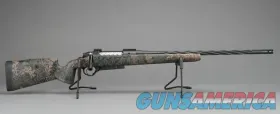









Thanks again, Will. You allow us to share in these well-written tales of warriors and their weapons on a weekly basis. We are all a bit better for it, as actual history no longer seems to accepted in society at large.
The only round engines we had at the air taxi I worked for in Iliamna, powered the de Havilland Beavers, although a neighboring lodge used an Otter extensively. When the DC-6s flew our fuel in, we would run out with five gallon buckets to place under those big radials to catch the oil pouring out of them! I flew some great birds up there including 207s, an A36 Bonanza, a Baron, and my absolute favorite… a Navajo with two new engines/props plus a stack of brand-new Garmin radios/GPS coupled with the autopilot. I flew all of those birds above the most unforgiving terrain imaginable and some really crappy weather at times. I loved it!! Although no one was shooting at me (that I know of… it’s not that farfetched up there) I never doubted my machine would get me home. Really hope/pray I’ll get to fly again in the Millennial Kingdom!
Thanks for once again posting an interesting war story. I read each one. My dad repaired B24’s in New Guinea.
My great uncle was a transport pilot in WWII. He said a fighter pilot told him once, “If you want the girls, fly a mustang, if you want to get home, fly the jug”.
I love WWII war stories. A million heroes saved our butts! Thank you. Stay safe. j
Another of Dr. Dabbs great stories. I look for them in every e-mail from GunsAmerica
Will, something doesn’t add up. If Robert Johnson was born in 1920 and died in 1988, he would have been 68 at the time of his death, not 78. I noticed this because my father was also born near Lawton in 1919 and was similar in age to Robert Johnson. My Dad was a farm kid, though, so it is unlikely they ever met. Dad served in WWII in the U.S. Army Signal Corp.
Bill
Yep, you’re right. The great man passed in 1998. That was just a typo. Thanks for pointing it out. Will
Thank you Will, for posting the amazing story of LT Robert Johnson and his amazing P-47 Thunderbolt. Reminded me of the Douglas Skyraider and the stories of returning from combat sorties with extensive battle damage.